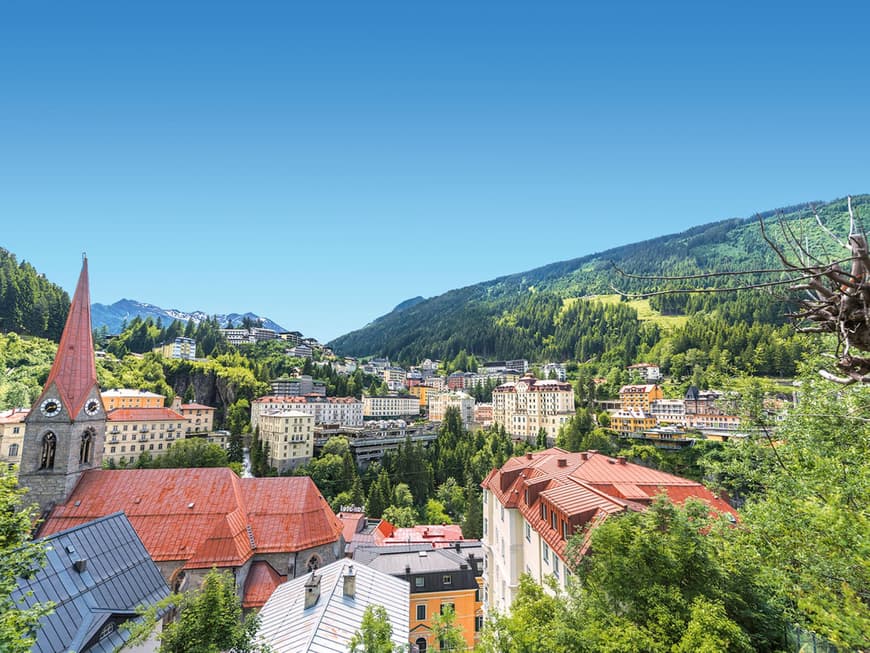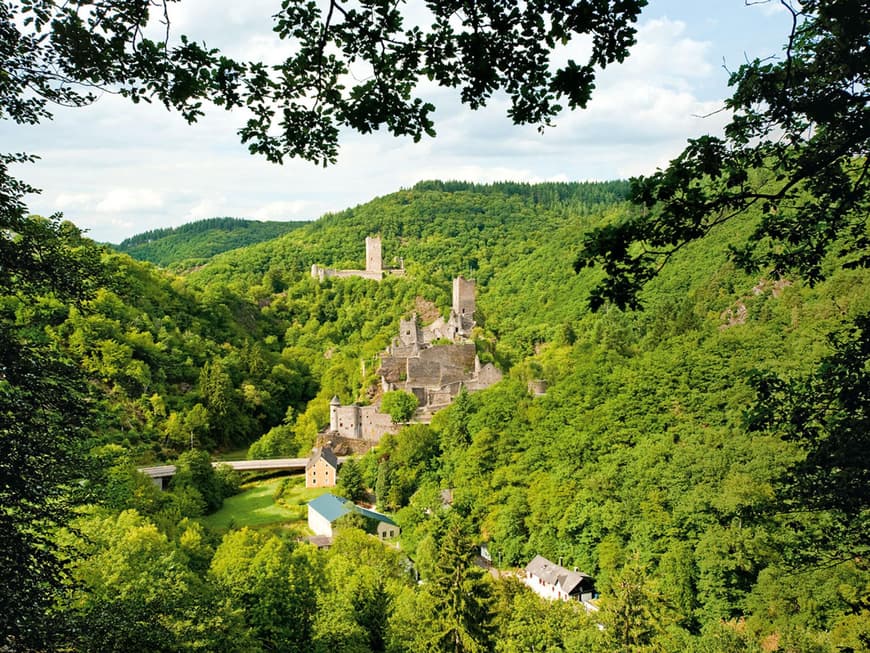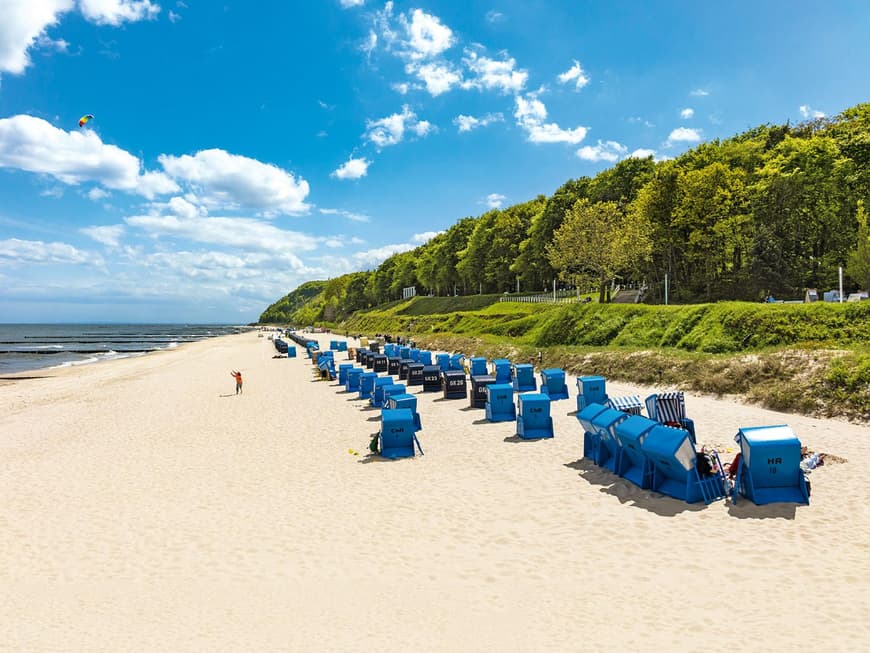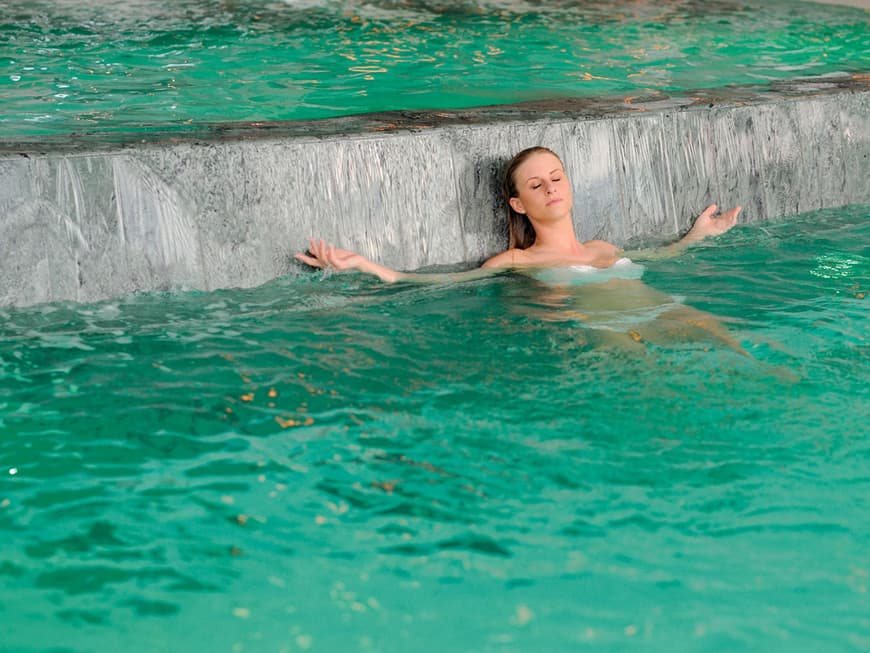Is it true that sea air is good for chronic bronchitis?
Yes, because the sea has a stimulating climate. Wind, UV radiation, salt and humidity make up this very special climate. In front of the water, in the surf zone, the air contains tiny salt water droplets that penetrate into the bronchial tubes and alveoli, the "marine aerosol". The stimulating climate is milder on the Baltic Sea.
Is a stiff sea breeze also helpful for COPD?
That depends. In general, salty air is good for patients with this respiratory disease. But some people don't particularly tolerate the harsh climate. For example, the salty air and the stimulating climate at the seaside can put more strain on the airways in COPD patients, making it harder for them to breathe. Fog, wind and cold can also cause shortness of breath.
What about city trips?
That's not a particularly good idea. The air pollution in larger cities, exhaust fumes and particulate matter in particular cause asthma and COPD patients problems, and such tours and city trips are also not recommended for patients with chronic bronchitis.
Is the cleaner and thinner mountain air really good for the lungs?
Yes, almost all people with respiratory problems benefit from the almost dust- and pollen-free air. From an altitude of 1,200 meters, there are no mites, no fine dust and hardly any pollen - ideal conditions for allergy sufferers and asthmatics. And the mountains also have a stimulating climate, starting at 1,300 meters, which is ideal for the lungs and bronchial tubes. But in general, the following applies to all patients with a respiratory illness: you should definitely have a check-up with your doctor before going on vacation.







